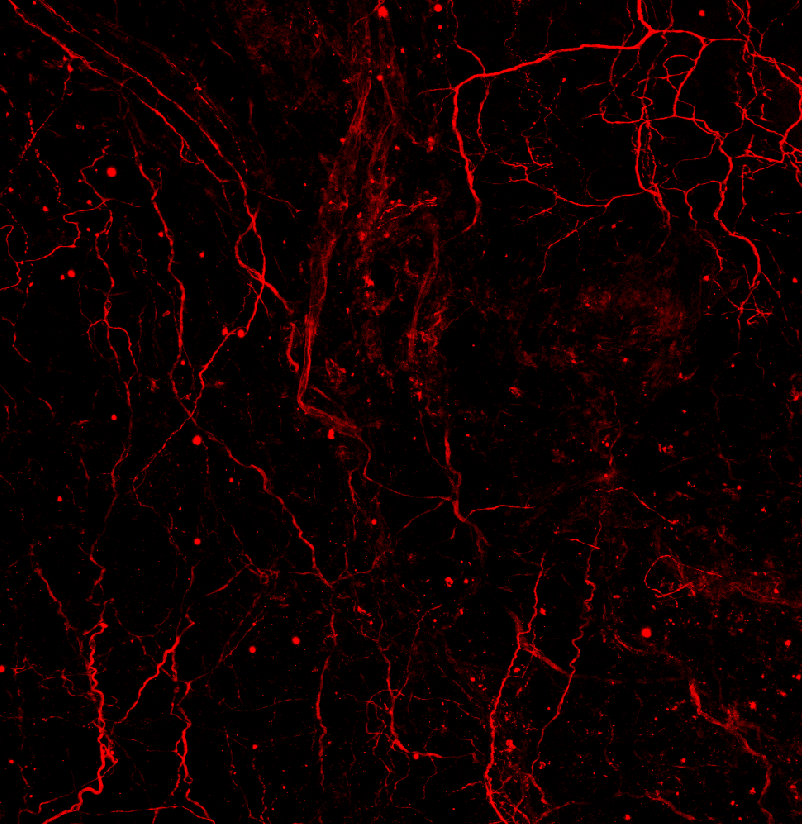angiotensin signaling in the bladder
studying the role of local angiotensin signaling in bladder function
Interstitial cystitis/bladder pain syndrome (IC/BPS) is associated with increased voiding frequency, nocturia, bladder fibrosis, and chronic pelvic pain. It affects between 2.5 to 6.7% of women in the United States. Current treatment options are ineffective for all patients and are associated with detrimental side effects. One understudied signaling peptide/hormone in IC/BPS is angiotensin II (Ang II). In addition to its role in vasoconstriction, water retention, and stress response, Ang II contributes to several diseases by promoting oxidative stress, proinflammatory cytokine release, and fibrosis, resulting in increased nociception and sensory sensitivity. However, compared to other organ systems (cardiac, kidneys, and lungs), relatively little is known about the function of Ang II signaling in the bladder under pathophysiologic conditions. There are several intriguing links between IC/BPS pathology and angiotensin signaling. 1) IC/BPS patients have increased infiltration of mast cells, which represent a source of increased renin and Ang II. 2) IC/BPS patients and animal disease models have increased bladder oxidative stress, and angiotensin signaling increases ROS production. 3) IC/BPS patients have increased expression of inflammatory mediators, which can be released by Ang II downstream signaling. 4) Fibrosis is observed in patients and animal models of IC/BPS, and Ang II signaling has been linked to fibrosis in heart, lungs, liver, and kidneys. Given the foundation of IC/BPS research demonstrating increases in local mast cells/macrophages, oxidative stress, inflammatory mediators, fibrosis, and the wealth of literature describing similar Ang II molecular signaling events in other tissues, we believe it is essential to further explore the role of Ang II in bladder diseases.
